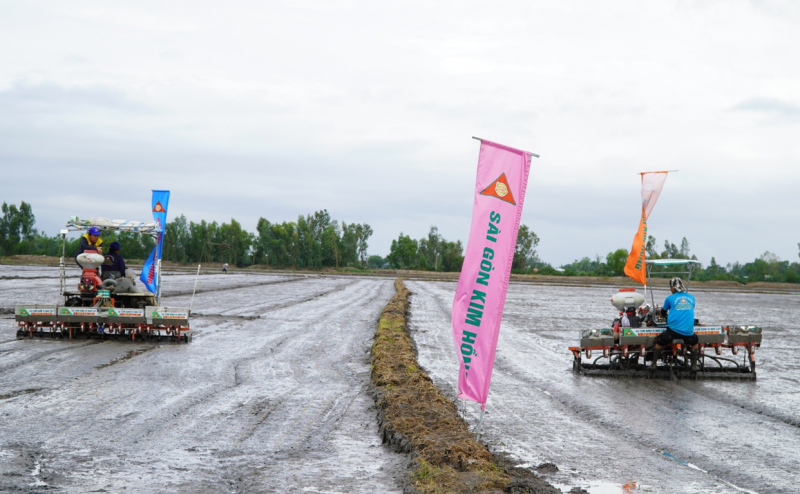
The leader of the Department of Agriculture and Rural Development (DARD) of Kien Giang province informed that Kien Giang is a province with the largest rice growing area in the country, with an annual rice output of about 4.5 million tons.
Director of the Department of Agriculture and Rural Development of Kien Giang province, Le Huu Toan, said that participating in the Project of 1 million hectares of high-quality and low-emission rice cultivation associated with green growth in the Mekong Delta by 2030 (the Project), Kien Giang registered 200,000 hectares, divided into 2 phases to be implemented in 12 districts in the province. The first model was deployed on a 50-hectare rice field belonging to the Thanh Nien Agricultural Service Cooperative (Phu Hoa commune, Tan Hiep district).
It is expected that in August 2024, the province will continue to deploy a pilot model of 10 hectares on the rice-shrimp area in An Minh district.
The total cost of implementing the Project is more than 596 billion VND from the provincial budget, World Bank loans, and private capital. The Department of Agriculture and Rural Development of Kien Giang province has assigned specific tasks to units and organizations to receive and provide information and implement the Project in 2024.
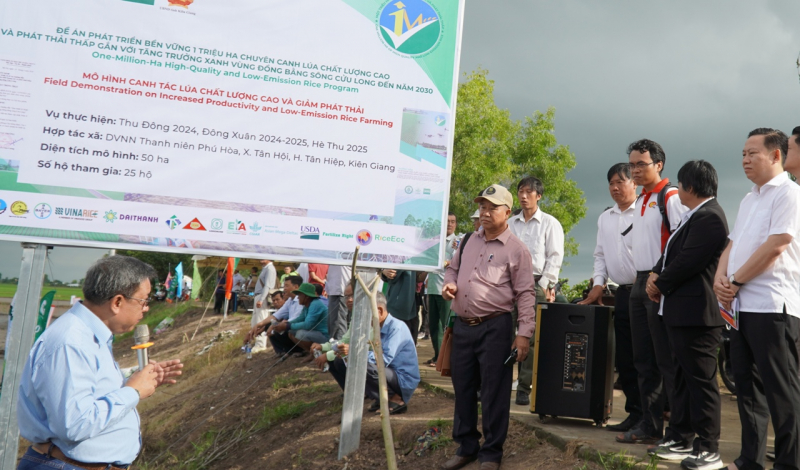
Some of the main investment items of the Project in the province include: upgrading irrigation systems, improving the transport system, supporting rice value chain infrastructure, supporting digital agriculture, synchronous mechanization, etc.
Director of Phu Hoa Youth Agricultural Service Cooperative Nguyen Van Huynh shared: “My members and I are very honored to be chosen as the first unit in the province to launch the Project with an area of 50 hectares, 25 households participating. The application of scientific and technical advances in the fields has long been implemented very effectively by the cooperative and has received the consensus and support of the people. Therefore, when participating, the members feel confident and successfully implement the Project”.
Households participating in the Project will receive support such as seeds, fertilizers and pesticides during the production process. However, after harvesting the 2024 Summer-Autumn rice crop, farmers will not burn straw but instead will have it transported out of the fields. At the same time, applying mechanized cluster seeders, row seeders, Drones to spray fertilizer, pesticides and seeds to reduce the amount of seeds, fertilizers and pesticides and the amount of water used in the fields.
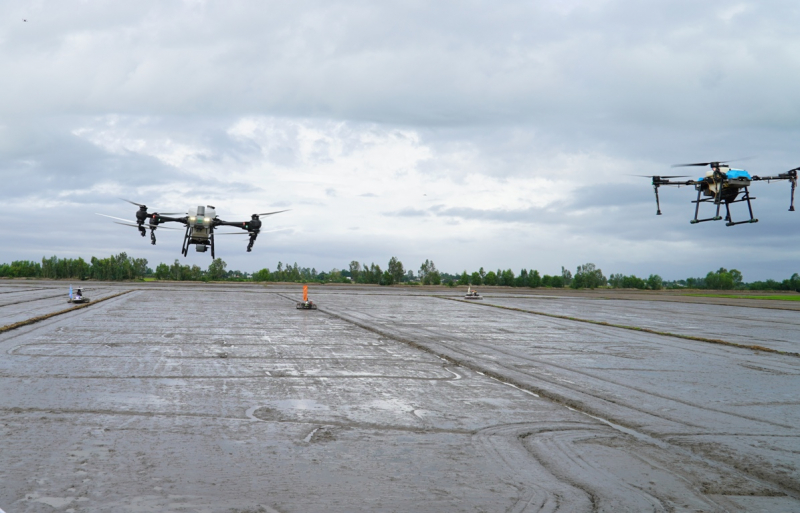
According to the leader of the Department of Crop Production, Ministry of Agriculture and Rural Development, the overall effectiveness of the Project is to increase the value of the entire chain by 40%, the profit margin of rice growers increases by 50%. The social effectiveness is that 1 million farming households are trained and apply sustainable farming, contributing to environmental protection and reducing greenhouse gas emissions by over 10%.
The project is of particular importance in orienting the transformation of sustainable rice cultivation methods in the Mekong Delta and forming and developing large-scale, stable, long-term concentrated raw material areas, ensuring sustainable and effective farming quality.
The leader of the Department of Crop Production, Ministry of Agriculture and Rural Development said that currently, the Ministry of Agriculture and Rural Development has deployed 7 pilot models of the 1 million hectares of high-quality rice project in 5 localities, including: Can Tho city, Dong Thap province, Soc Trang, Kien Giang and Tra Vinh. Kien Giang and Tra Vinh provinces each have two models.
Each model is deployed on 50 hectares and fully complies with the sustainable farming processes to reduce emissions issued by the Department of Crop Production, while implementing linkages according to the criteria of the Project, including input materials and output product consumption.
Along with the Ministry's pilot model, in 12 provinces and cities, the Mekong Delta has been developing plans to implement the models, accordingly each district will have one to two models with a scale of about 50 hectares. In parallel, the Ministry has developed plans to implement the approved project, according to the roadmap to 2025 to reach about 180,000 hectares.
Source: https://daibieunhandan.vn/dia-phuong/tinh-co-dien-tich-trong-lua-lon-nhat-nuoc-bat-dau-trong-lua-chat-luong-cao-i380757/








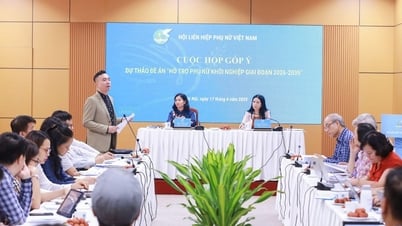

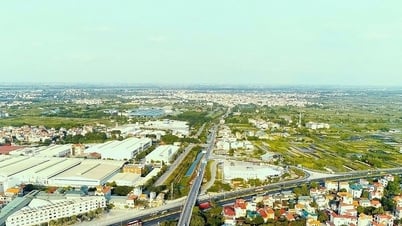

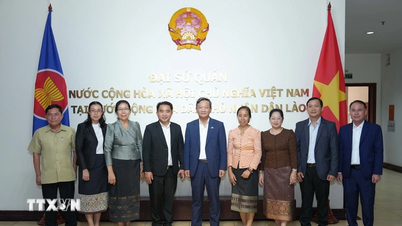














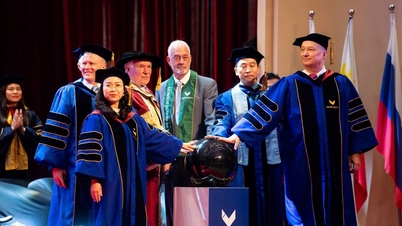



























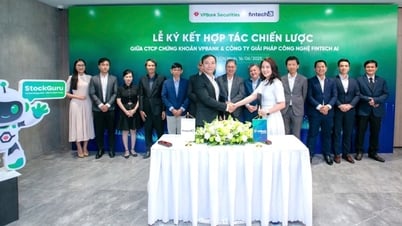







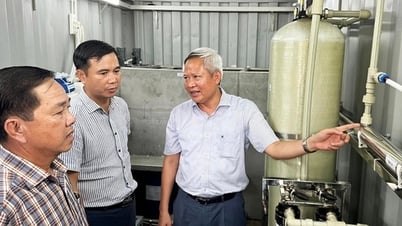







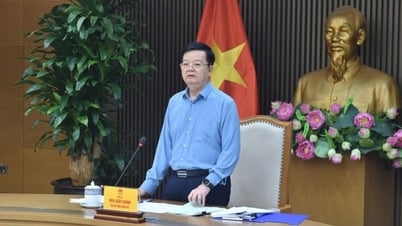






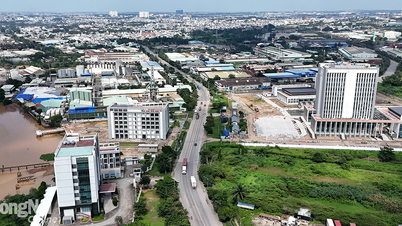
















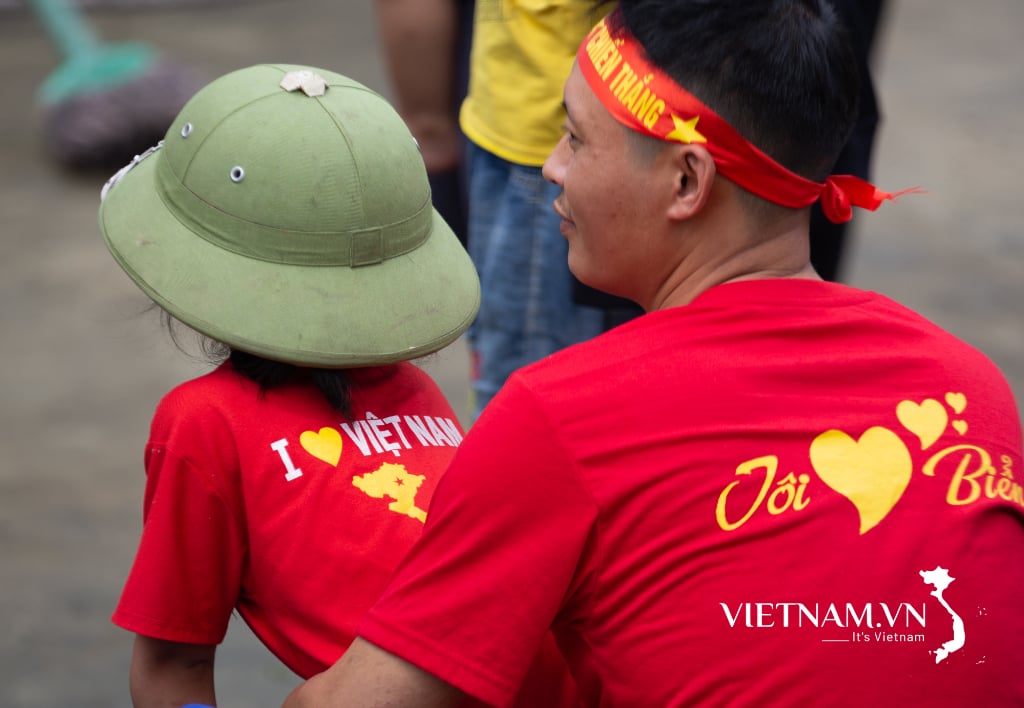

Comment (0)